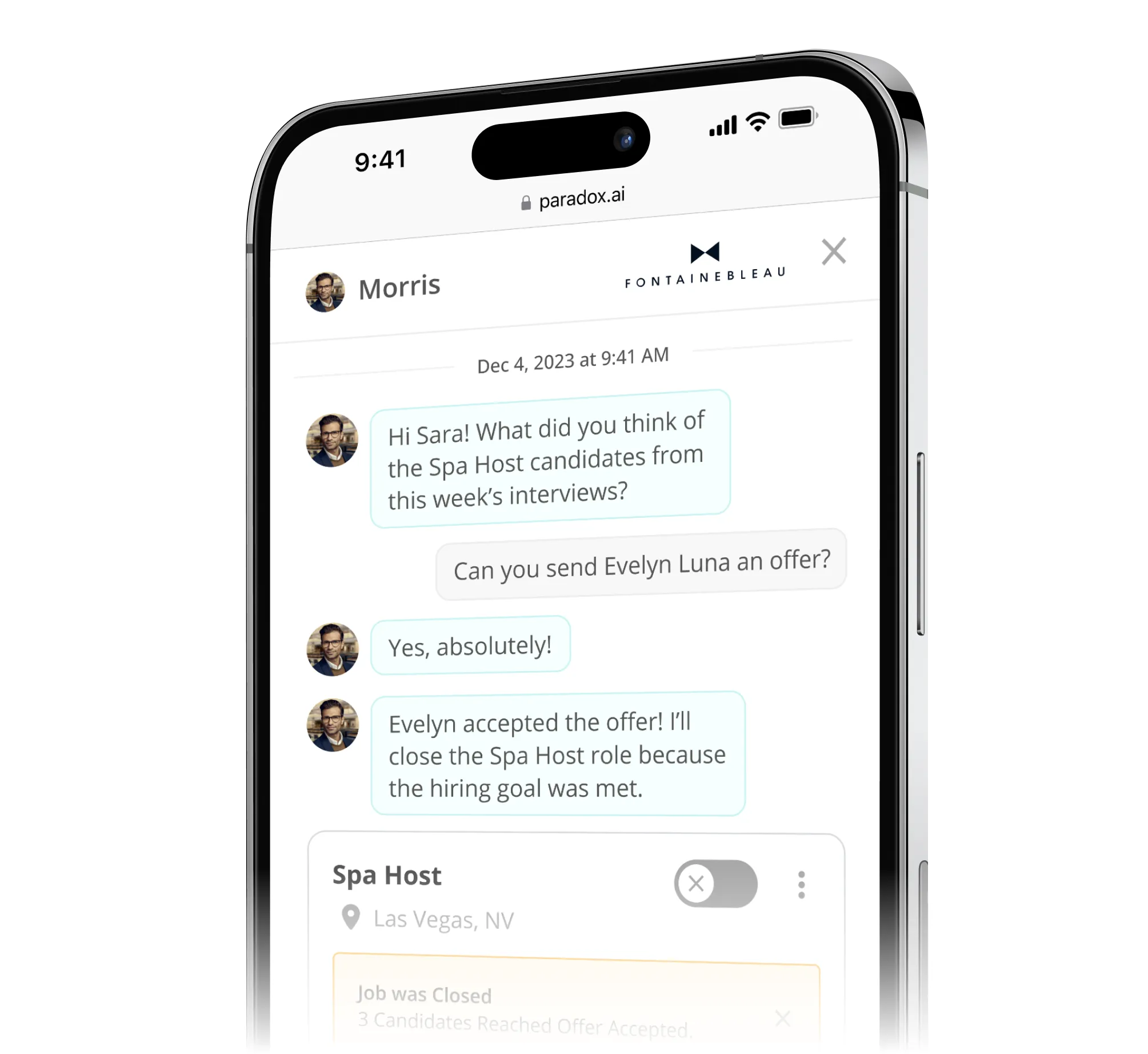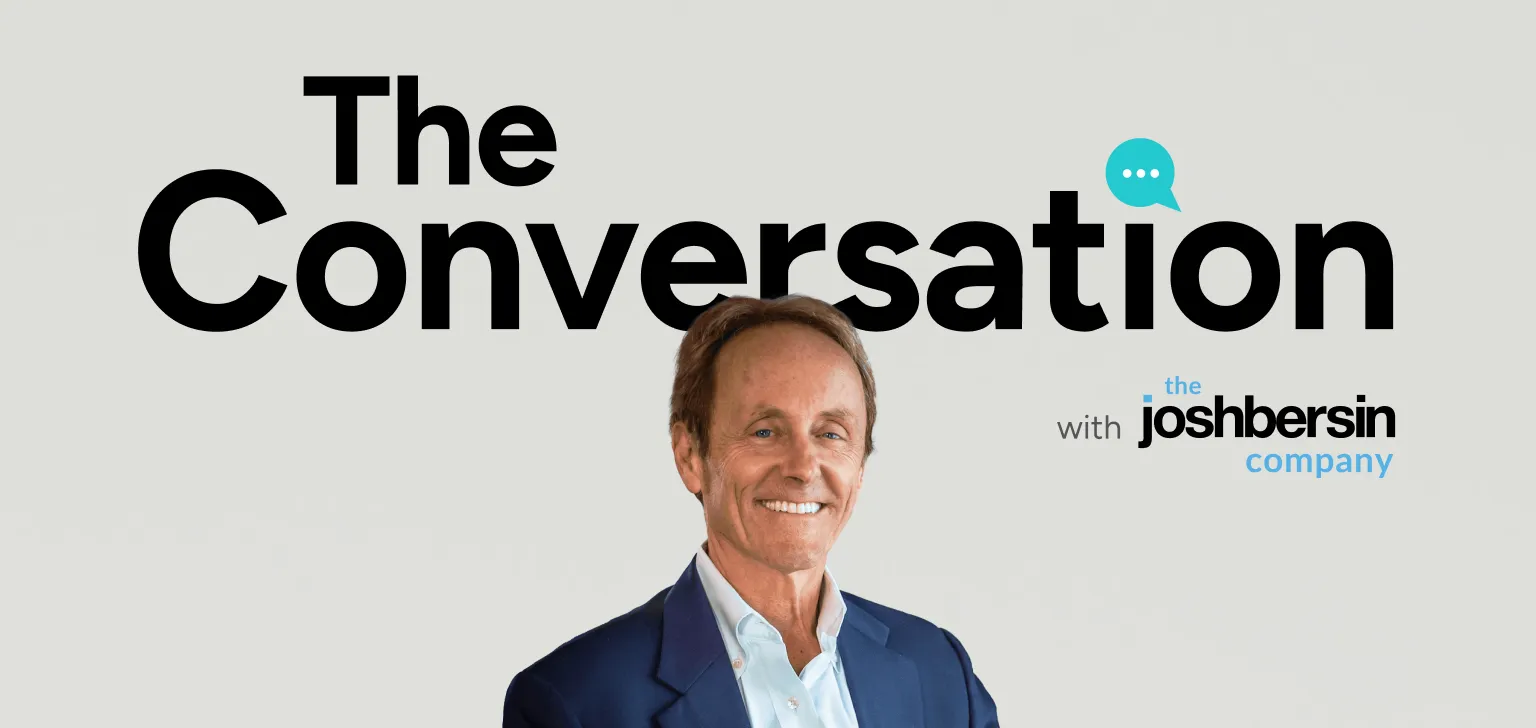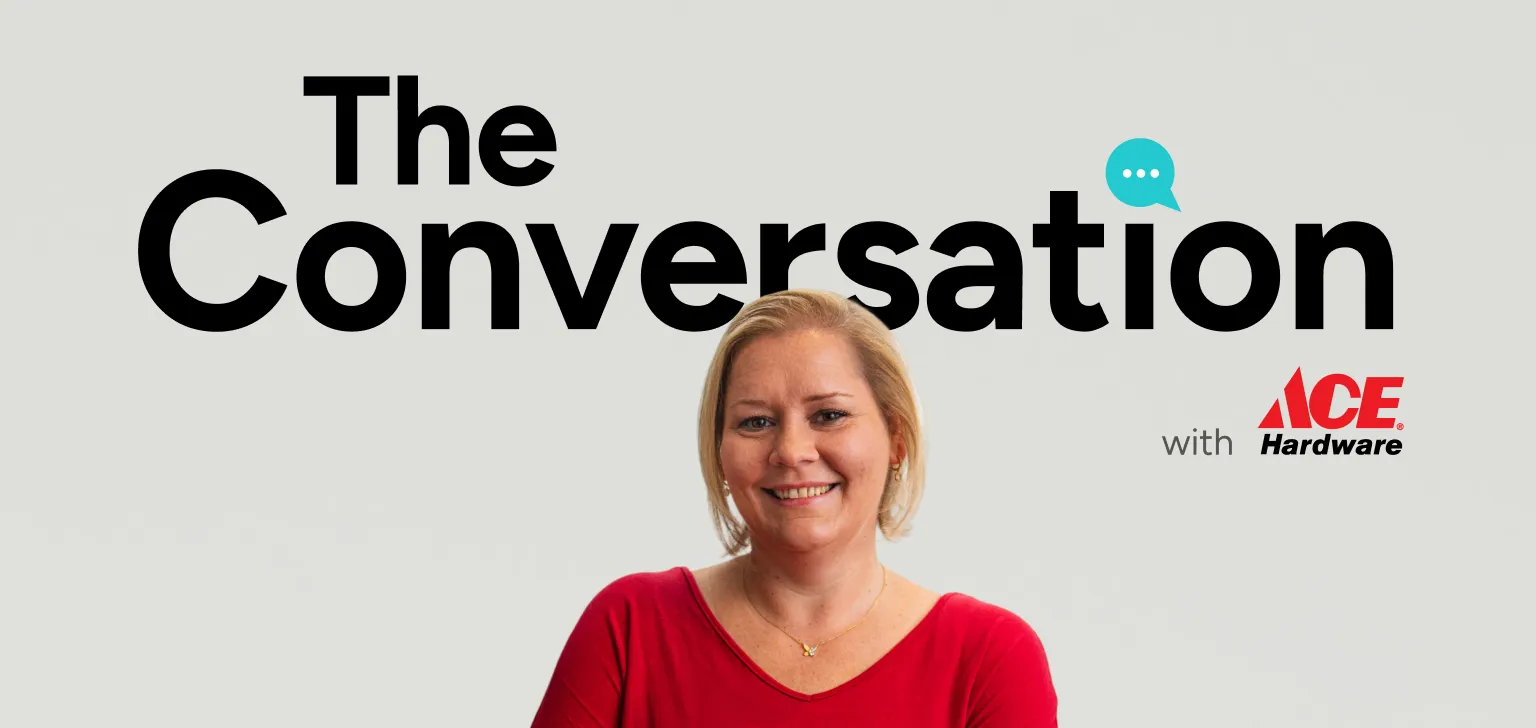In August 2023, Fontainebleau Las Vegas had 6,500 open positions across dozens of unique roles. When the luxury resort opened its doors in December, that number had dropped to zero.
Fontainebleau needed all 113 days to achieve the impossible: filling thousands of roles with carefully selected candidates that fit their culture of hospitality and excellence. It wasn’t just about speed; it was about getting every hire right, from blackjack dealers and concierges to chefs and cocktail experts.
We recently sat down with Sara Piper, Fontainebleau’s executive director of people and TA, to talk about scaling hiring with AI, building culture, implementing tech, and what’s next for the resort.
Erik Schmidt: Fontainebleau Miami Beach already has such a strong brand. Can you talk about how that presence in the market influenced your hiring process for the Fontainebleau Las Vegas?
Sara Piper: We were very lucky that we already were working with an established brand; we knew that the name ‘Fontainebleau’ would sell itself. There was a very rich legacy in Miami, so as we started to approach staffing our Vegas property, our strategy was rooted in honoring the essence of that brand, but tailoring it to fit the unique competitive market of Las Vegas.
Las Vegas has a ton of candidates from a technical skillset — if you're looking for a dealer, an entertainer, a stylist, or a chef, Las Vegas is a great place to look. So where we wanted to focus was making sure that the people with those skill sets also fit in with our culture. We didn’t want to be every other strip property. We wanted candidates that aligned with our passion, and with our commitment to guest service.
ES: So how did you go about finding all of those perfect hires? What channels were used to publish or promote job openings?
SP: We really wanted our name out there and we wanted people to know what we were doing. So we thought a lot about what we wanted to say, how we wanted to say it, and who we were going after. Then we partnered with Shaker Recruitment Marketing, who did a lot of the work for us with programmatic campaigns. We posted our jobs on our website, and also a few on Indeed and LinkedIn. Shaker would help us reach specialized job boards specific to certain roles. We included some out-of-home advertising as well, and even geofencing techniques.
But you would be surprised how little job boards we actually used.
ES: Can you talk about how you navigated hiring for all these different roles and executed hiring at the scale that you did?
SP: Before I get into that I want to say that we anticipated about 80,000 applications for 6,500 roles. We did not receive 80,000 applications. We received 300,000.
Which at first overwhelmed our team. But by using Paradox, we were able to do it, because our AI assistant Morris could chat with and engage all of our applicants for us. We utilized Morris to ask each candidate a series of prescreening questions that we developed for every single job position that we were hiring for. And we have over 1,000 unique roles: front of house, back of house, professional, and management positions all require unique skill sets. So we programmed Morris to know what those right answers would be so that he could weed out any candidate that didn't pass those pre-screening questions. That took a lot of administrative burden off of our talent acquisition team.
ES: So you were using Morris to automatically speak with all your candidates. Was anyone on the team worried that Morris was going to take away the human touch of the recruitment experience?
SP: So I think anytime you consider implementing AI, that's probably one of the top questions: ‘Are we taking away the human impact and actually making this process more frustrating?’ We certainly were wondering if our candidates would appreciate it — we didn’t want Morris to be a turn-off to top talent.
The answer is no. All Morris helped us do was stay organized. We still had in-person cultural auditions, in-person interviews, and face-to-face candidate interactions. The only thing that changed was our ability to quickly organize which candidates didn't qualify for a role. When you have 300,000 applications to review in three months, you have to be smart in the way in which you organize human interaction with those candidates. The people that we wanted to truly engage with face-to-face, we were able to. And I think candidates were able to have an even more meaningful experience with our recruiters because they weren't spending as much time going through resumes.
ES: It's been a year since the property has been open. How’s your team innovating the hiring strategy to maintain those staffing levels that you have now?
SP: We’re now done with volume hiring. We got through 6,500 roles in a matter of three months, and so we’re shifting into day-to-day hiring operations. And since we aren't seeing the same amount of applications as we did pre-opening, we want the candidate journey to look a little bit different. We’re putting some of the responsibility back onto the hiring managers — having even more face-to-face interactions.
We’re also really excited in 2025 to partner with Paradox and launch contextual AI. With that upgrade to Morris, he’ll be able to learn from conversations and figure out even more unique, personalized ways to respond to candidates. Ninety-three percent of our candidates already express a satisfaction rating with our application process. We’re gonna get that 7%.














